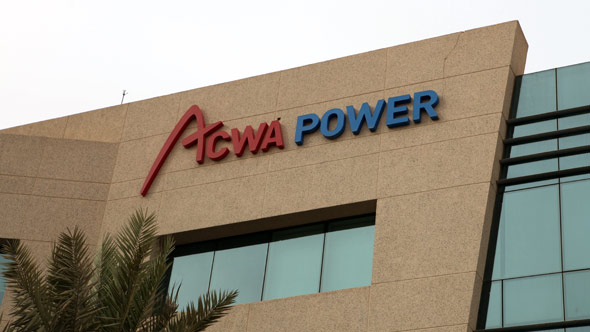Saudi renewables developer ACWA Power has inked three PPAs and investment agreements with Joint-Stock Company (JSC) National Electric Grid of Uzbekistan (NEGU) and Ministry of Investment, Industry and Trade of Uzbekistan.
Under the agreements, ACWA Power will develop three solar PV projects in Tashkent and Samarkand. It will also build three Battery Energy Storage Systems (BESS) in Tashkent, Bukhara and Samarkand, with a total capacity of 1.4 GW of additional renewable energy and 1.5 GWh of additional battery storage capacity. The company has committed $7.5 billion in the Central Asian country.
ACWA Power said that the Tashkent projects will include a 400 MW PV plant and 500 MWh BESS, while two 500 MW PV projects each and a 500 MWh BESS will be developed in Samarkand. ACWA Power will develop another 500 MWh BESS that will be located in Bukhara, and the project will include overhead transmission lines to help dispatch power to the grid.
According to ACWA Power the renewable energy projects will play a critical role in achieving Uzbekistan’s ambitious targets to transition to a low-carbon economy by diversifying its energy sources. Uzbekistan wants to generate 35% of its electricity from renewable sources by 2030, equating to 15,000 MW divided into 10,000 MW of solar power and 5,000 MW of wind power.
By incorporating BESS into the grid, Uzbekistan will soon have the largest battery energy storage facilities in the region which will play a crucial role in stabilising the grid while promoting renewable energy in the Republic. The BESS will help to mitigate the effects of intermittency that are inherent in renewable energy sources.
Mohammad Abunayyan, ACWA Power Chairman, said, “With our total investment commitments of US $7.5 billion in energy projects, we are determined to remain a key partner in achieving Uzbekistan’s energy diversification goals.”
These projects will give power to one million households and will offset 1.6 million tonnes of carbon emissions annually.
ACWA Power has five ongoing projects in Uzbekistan, including four wind projects and a combined gas cycle turbine facility.


